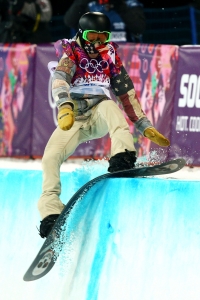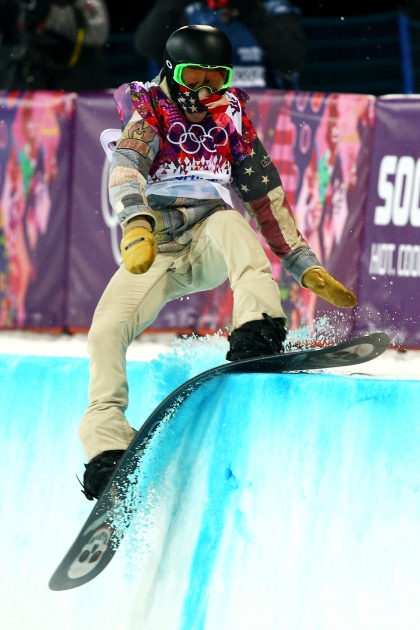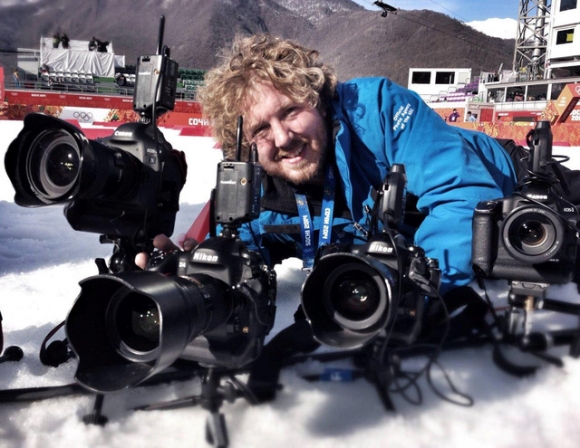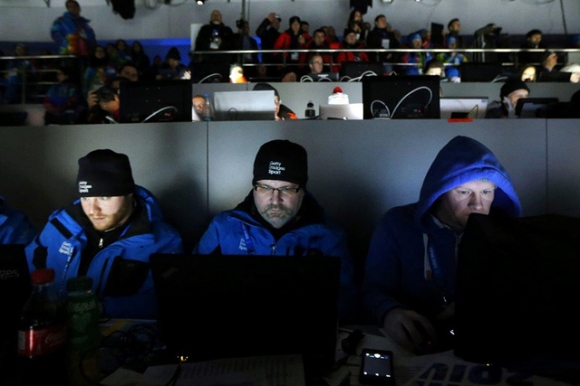It’s not just athletes breaking records at Sochi: the inside story of how Olympic photographers get the shot
posted Tuesday, February 18, 2014 at 3:43 PM EDT

When Shaun White narrowly averted disaster on a botched halfpipe landing, the photographic results were more powerful than any video reel. His board looks as if it's ready to snap, as ice sprays off the side of the halfpipe behind and below the board's edge. But in the age of online and broadcast media, it's a tall order for photo services like AP and Getty to keep up with broadcast and online media. As AP photographer Denis Paquin notes:
"It's really important to get images out almost as quickly as you would see them on TV."
That makes good sense, but you'll be astounded to learn just how little time passed between the botched landing and the images appearing on AP and Getty servers captioned and adjusted, ready for media partners to use in publications. Thanks to Gizmodo's Mario Aguilar, we now know: a mere 3 minutes.

One key factor in turning photos around in this timeframe is ubiquitous connectivity:
"Getty set up a single network connecting the 11 Olympic venues. Mainardis estimates that Getty lay down some 22 kilometers of ethernet cable so that most of its 37 photographers could be directly wired in."

If you want to read on, head over to Gizmodo: there've been a number of articles on pro workflows in the context of high-pressure sporting events, but this piece is one of the best we've seen to date. Go read it now.

After reading about Getty and AP's high-volume workflow, you'll be interested to see the different processes adopted by Team USA photographer Jeff Cable. His deadlines are a relatively leisurely (heh) 14 minutes from the end of the event and, whereas AP and Getty shoot JPEG, Jeff chooses to shoot RAW. The key takeaways were: pros automate as much as possible and use insanely fast gear. But the biggest surprise to us is that "...almost all of [the photographers] here at the games..." use Photo Mechanic and not Lightroom or Capture One as the linchpin application in their workflows. Also make sure to check out Jeff's great article on packing for the 2012 Summer Olympics.
Thanks to Mario for relaying info from Getty about photo rights. Jeff Cable story via Reddit.